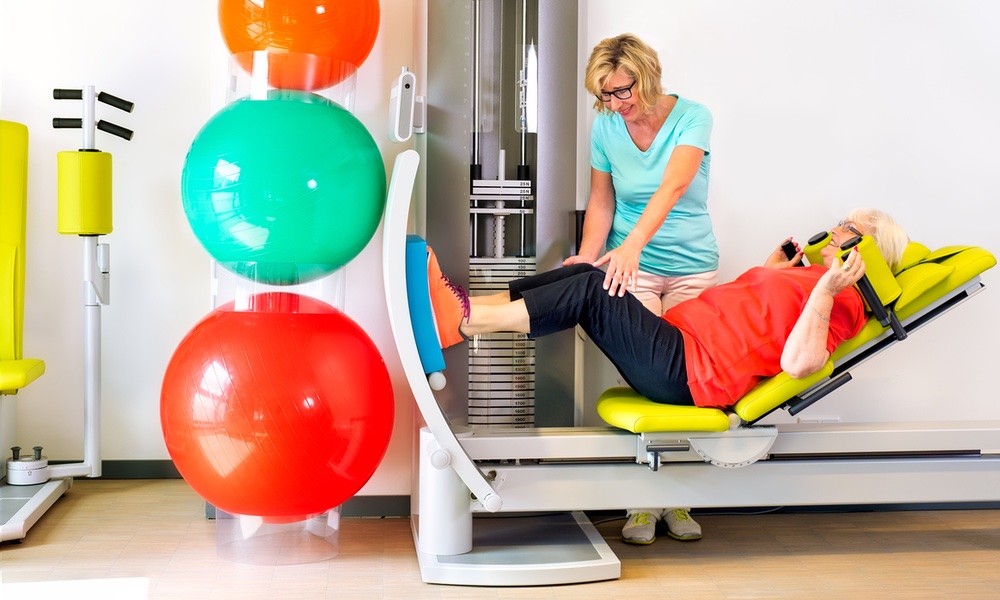Who eats better, the kids who bring lunch or those who eat cafeteria food at school? Researchers compared the nutritional content of school lunches to those of packed lunches at three Virginia elementary schools to find out.
The National School Lunch Program (NSLP) feeds about 60 percent of public elementary and high school students. The nutritional value of the meals provided by schools is governed by NSLP nutritional standards. There are no nutritional standards for the lunches the other 40 percent bring from home.
Brown bag meals had more calories and higher levels of all kinds of fats and sugar. They were also higher in vitamin C and iron.Food brought from home is not always more nutritious than that found in school cafeterias.
There is a need for nutrition education programs aimed at children, parents, and even school policymakers about packed lunches and healthy eating, the Virginia Tech researchers say. They believe such programs could help promote healthy eating habits and make packed lunches healthier. They could also increase enrollment in the NSLP.
“We are trying to start a program here at Virginia Tech with parents of kids who bring their lunch to help them pack healthier lunches,” Alisha Farris, lead author on the study, told TheDoctor.
The program aims to teach parents strategies for getting kids to eat healthier foods, and also provides information about what a healthy packed lunch should look like.
A healthy lunch should mirror the NSLP meal guidelines: it should have a fruit, a vegetable, and a dairy product, such as cheese, yogurt, or milk, said Farris, a pediatric nutritionist. If the meal includes a grain, it should be a whole grain. It should also include a healthy source of protein.
- Allow children to participate in deciding what they will have in their lunch. “We really recommend things like doing food tasting with your kids,” said Farris. Taste tests can encourage kids to try new foods.
- Let kids pick out foods from a list. Ask them, “What vegetable would you like me to pack for you today?” And do the same with fruit and dairy. “Involve kids as much as possible in the decision-making process to create an incentive to actually eat the foods,” Farris said.
Allowing them to choose what they bring for lunch also gives kids the opportunity to taste many different things and gives them variety in their palette.
- Set small goals. “If you never put fruit in your kids lunch, make it a goal for the week to include a fruit each day,” said Farris. Or swap out a sugar-sweetened beverage for water. Taking small steps can gradually improve the nutritional quality of a packed lunch.
Parents should also seek support from policymakers. If administrators or health professionals send packed lunch policies or packed lunch recommendations out to parents at the beginning of the school year, it might also improve the quality of packed lunches, said Farris.
“Habits develop in early childhood and continue into adolescence and adulthood. Therefore, this is a critical time to promote healthy eating,” said lead investigator Elena L. Serrano, project director of the family nutrition program at Virginia Tech.
The study is published in the Journal of Nutrition Education and Behavior.




